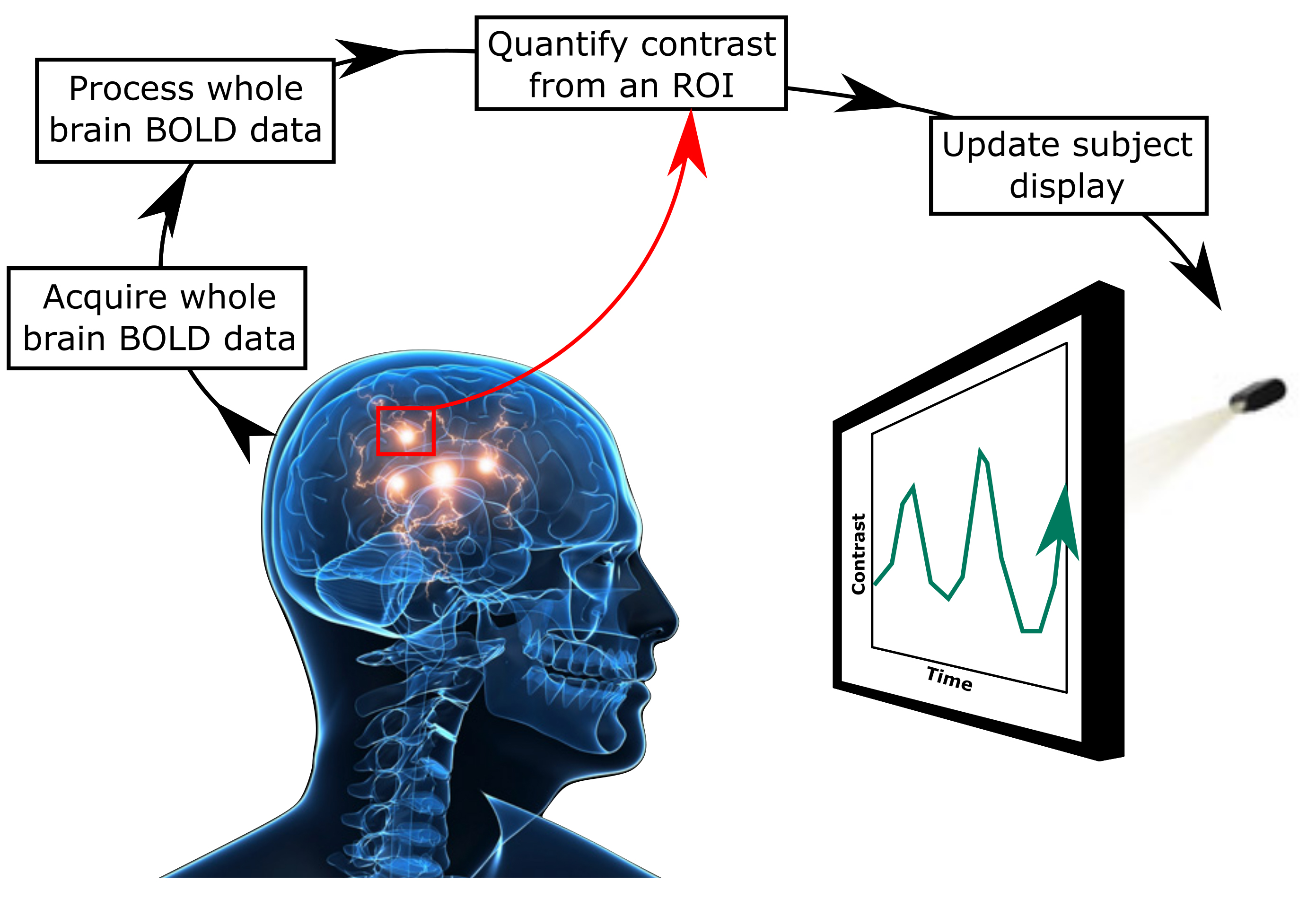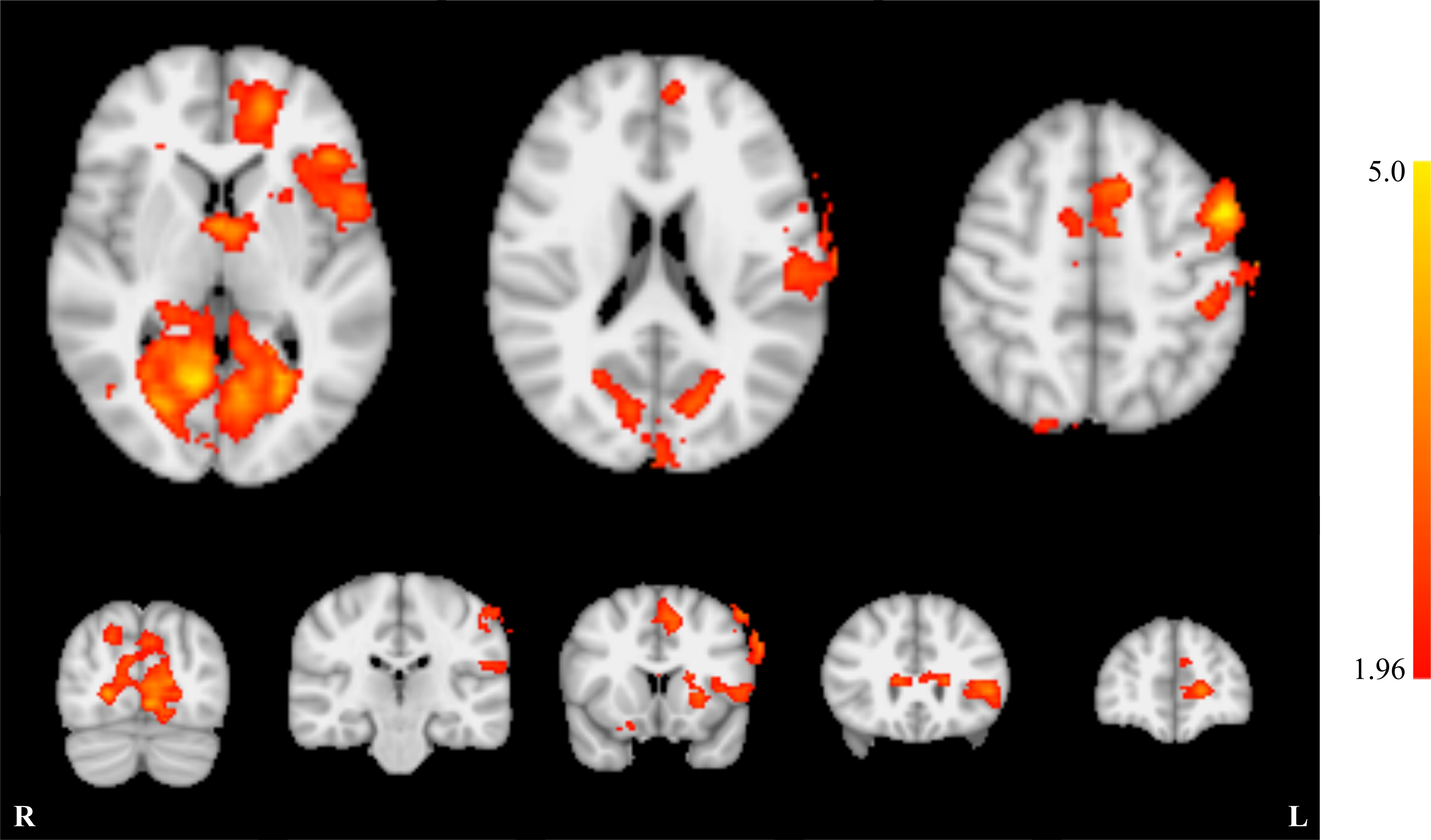RSNA 2017: Imaging protocols for intravenous drug users
Images


Patients who are intravenous drug users (IVDUs) can be challenging to diagnose and treat due to poor compliance and complicating factors such as HIV and hepatitis. These individuals are at high risk for infection due to frequent intravenous and subcutaneous injection using shared needles. A multi-modality imaging approach may be needed for diagnosis of intravenous drug use related pathology. Radiologists from the Mater Misericordiae University Hospital in Dublin, Ireland, present an extensive review of imaging findings and offer tips and tricks regarding optimal imaging protocols to best evaluate various conditions in a RSNA 2017 poster presentation (ER132-ED-X).
The most common cause of hospital admission for IVDUs are soft tissue complications, frequently presenting as subcutaneous infections and abscesses. Lead author Emma Stanley of the Department of Radiology and colleagues advise that plain radiographs may demonstrate radio-opaque foreign bodies such as retained needles. They also may alert a radiologist to the presence of subcutaneous gas. This finding often warrants a more aggressive surgical and antimicrobial management. When retained needles are identified, radiologists need to alert physicians and surgeons of their presence to avoid stick injury in cases of soft tissue debridement or drainage of abscesses.
Musculoskeletal complications of the IVDUs include myositis, osteomyelitis, and septic arthritis. These conditions can occur from direct extension from an adjacent soft tissue infection, or due to bacteraemia and haematogenous seeding.
The authors state that vascular complications may be the most serious and life-threatening complications of IVDUs. These complications include venous thrombophlebitis, phlebitis, ischaemia, and arterial pseudoaneuryms. They cite and illustrate a case of a patient who presented with neck pain following injection of heroin into the left side of his neck. Axial contrast computed tomography (CT) demonstrated thrombosis of the left interval jugular vein , enhancement of the vessel wall, and surrounding inflammatory change. These findings were all suggestive of thrombophlebitis.
Groin injections can cause pseudoaneurysm formation. It occurs in IVDUs as a result of inadvertent arterial puncture. The authors emphasis that it is important to determine the size of the neck of the pseudoaneurysm on color Doppler ultrasound imaging. The identified neck can be compressed under direct visualization during thrombin injection to further decrease the risk of embolization. They illustrate one case, in which a patient with an 8 cm non-pulsatile right groin mass was imaged with a CT angiogram (CTA).
Mycotic aneurysms are cased by infection of the arterial wall. A CTA is the modality of choice for the initial diagnosis. In cases relating to the abndominal aorta, radiologists need to look for additional signs of periaortic infection, such as adenopathy, psoasabscess, and vertebral osteomyelitis.
Intravenous drug users may also present with pulmonary complications, including pneumonia, pulmonary edema, acute lung injury and septic embolization. Chest radiographs are recommended to diagnose pulmonary edema and multifocal pneumonia. The authors present a case in which pulmonary infiltrates visible on a chest radiography and clinical history of a heroin overdose facilitated a rapid diagnosis of pulmonary edema. A case of infective endocarditis and septic emboli was diagnosed by chest radiography and confirmed on CT. A transthoracic echocardiogram confirmed this diagnosis by demonstrating the presence of a vegetation on the tricuspid valve. The authors state that the incidence of infective endocarditis is 2% to 5% a year, but for patients with a HIV infection, the incidence is 30% to 70% in developed countries.